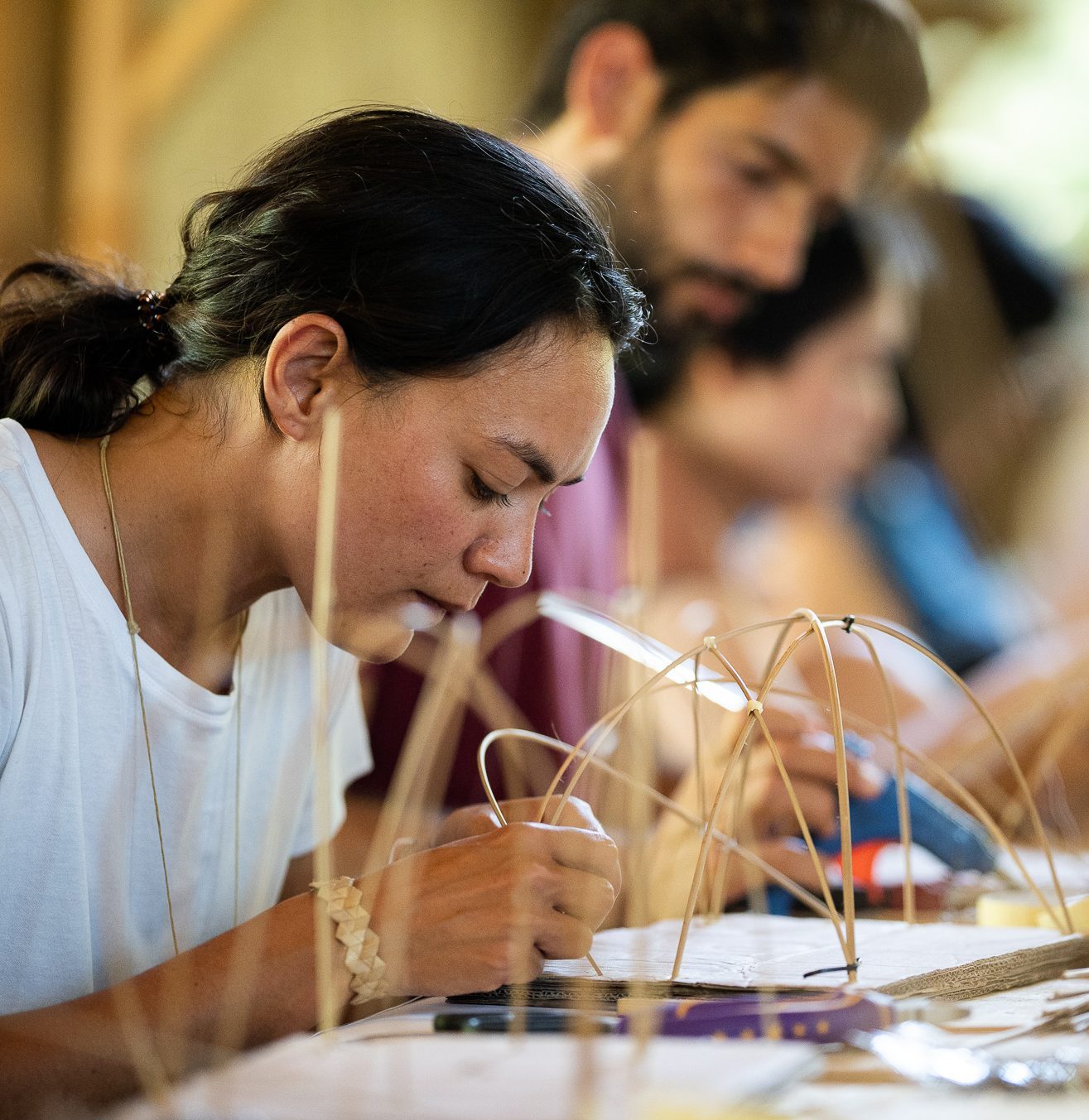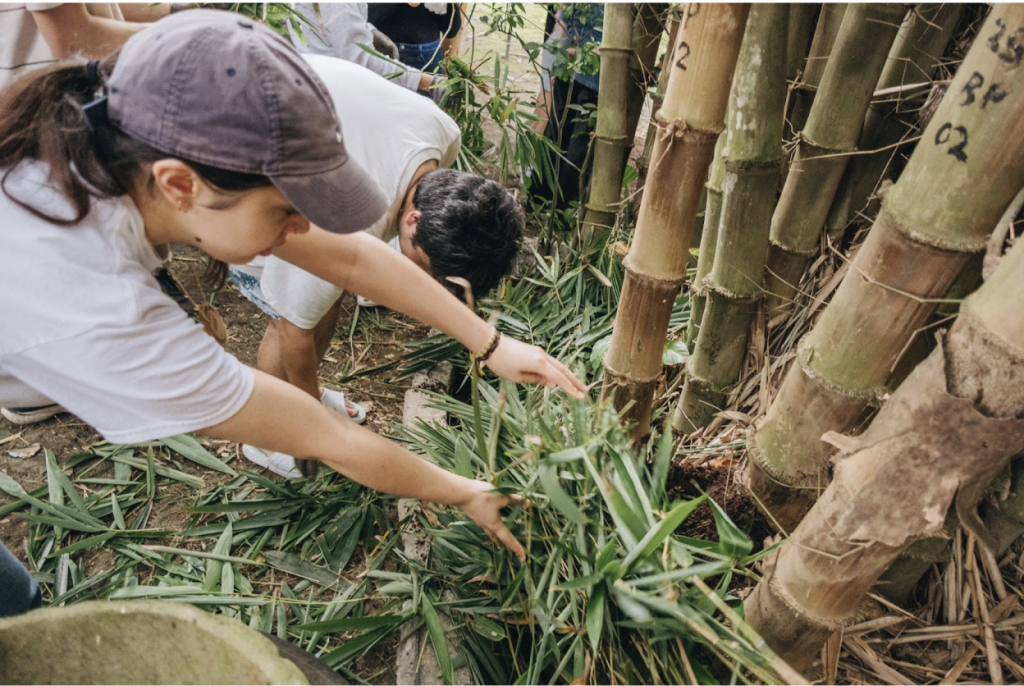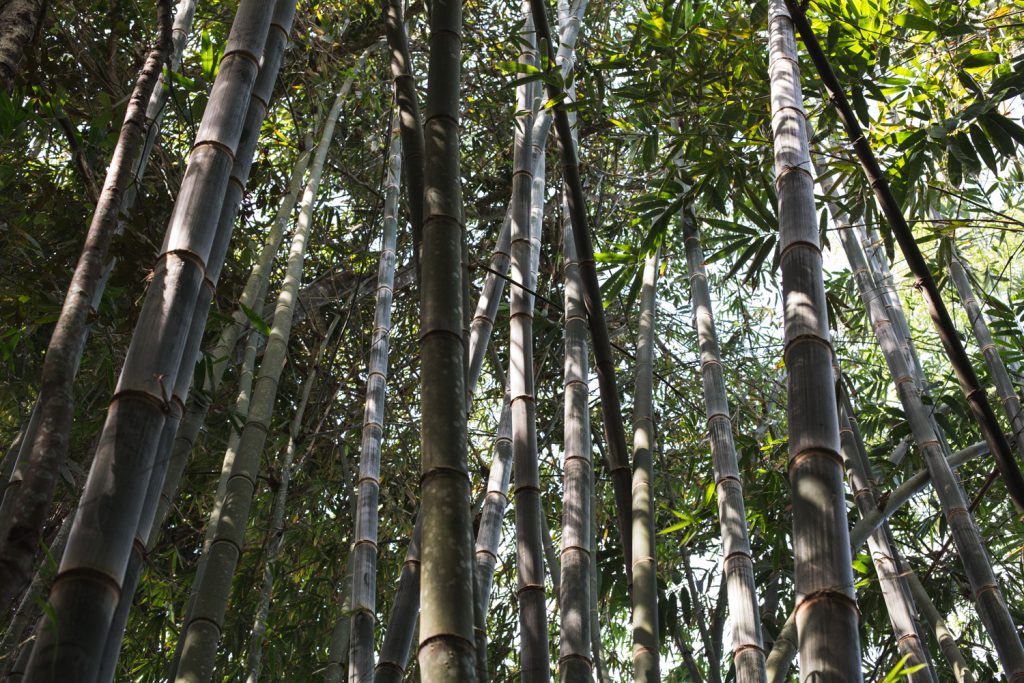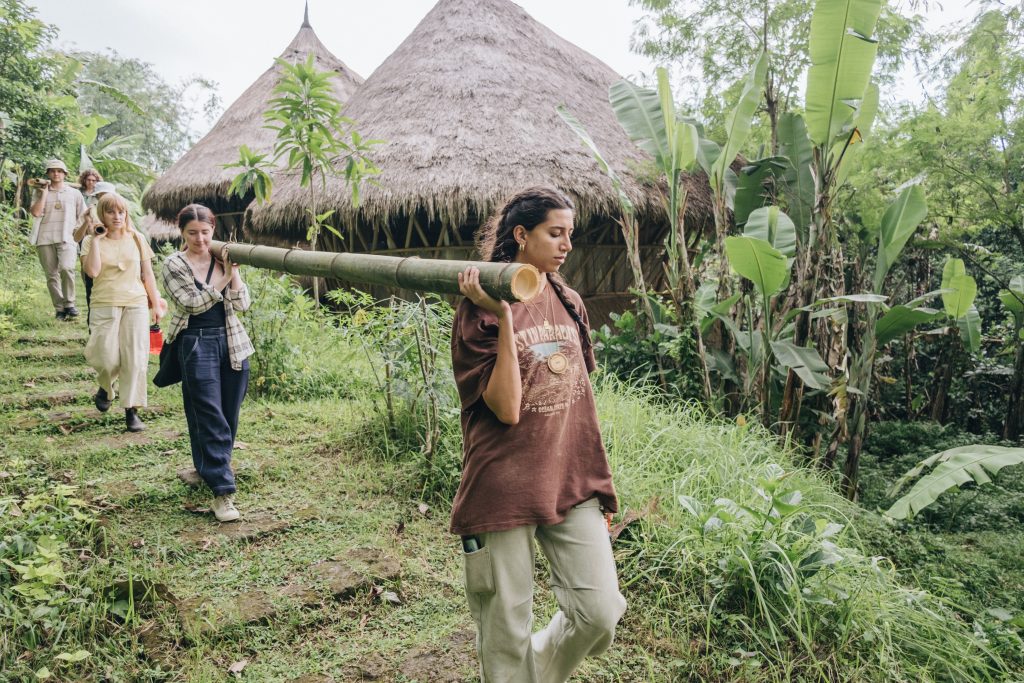Why Is Bamboo Sustainable?
By Cécile Durand | January 24, 2023 | Forestry -
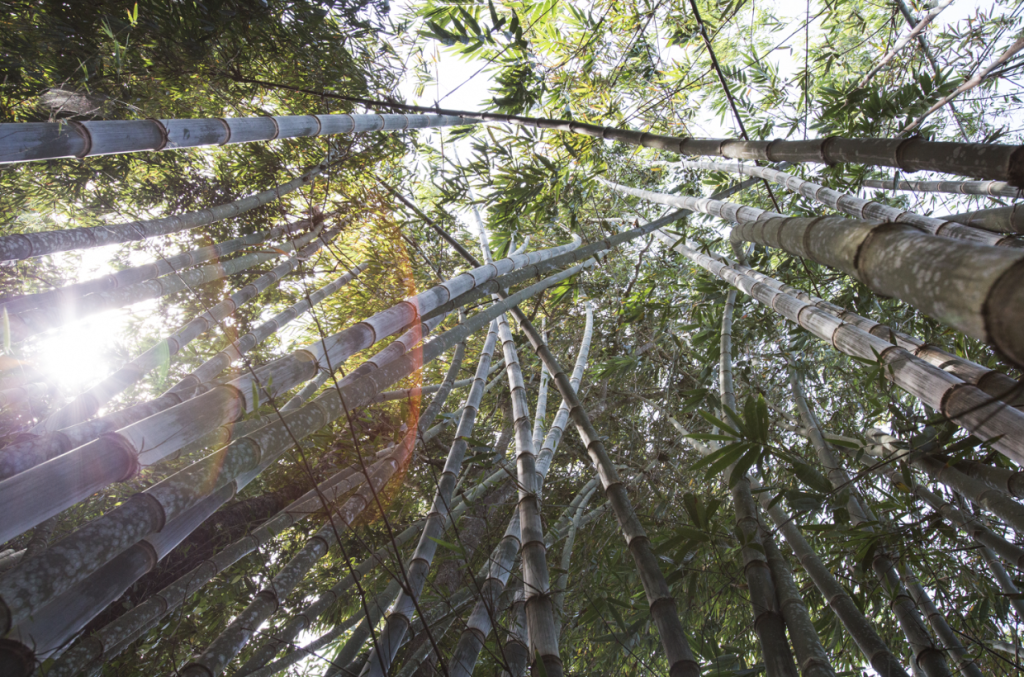
In this article, we share the 5 main reasons why we believe that bamboo is the sustainable timber of the future.
We believe in bamboo because it is an unbelievably sustainable material to use in the construction industry; an industry that is responsible for up to 39% of total carbon emissions (according to the World Green Building Council). Additionally, bamboo contributes to the development of a circular economy, a system that will reduce and potentially reverse the negative impact that humans have on the environment. Bamboo has the potential to be an important resource for the 21st century, if we learn to make the most of it.
In this article, we will be exploring the 5 areas that make bamboo a sustainable material to build with. These include:
- Carbon Sequestration
- Land Regeneration
- Supports Rural Communities
- Fast Growth
- Strength to Weight Ratio
1. Carbon Sequestration
Bamboo is often mistaken for a tree when in fact it is grass. Being a grass makes it better at storing carbon than most tree species. Bamboo has a lower “total ecosystem carbon” than forests, but one that is similar to tree plantations. Intensive management of bamboo clumps can increase their total carbon-storing capacity. Harvesting bamboo for “durable products” also offsets the need for carbon-intensive materials.
Bamboo can sequester 50 tons of CO2 per hectare per year. This means that every hectare of bamboo that is planted in the world is able to absorb 50 tons of CO2 every year. To put this into perspective, for the same area of timber planted, bamboo is able to sequester 3 times as much CO2 from the atmosphere. With greenhouse gas emissions rising at alarming rates, bamboo is a valuable tool to help mitigate this event.
Finally, when bamboo is used in construction, it has the potential to act as a carbon sink by absorbing more carbon than is released during construction. Unfortunately, right now there are no clear international standards for recognizing bamboo as a carbon offset.

2. Land Regeneration
Another valuable quality of bamboo is its ability to restore degraded land, particularly in tropical and subtropical climates. The primary reason for this is that bamboo can hold large amounts of water. A single bamboo clump can hold 5000 liters of water for 6 to 9 months (the length of the dry season) and release it to the surrounding vegetation. This gives bamboo the critical ability to help the land recover from deforestation and degradation.
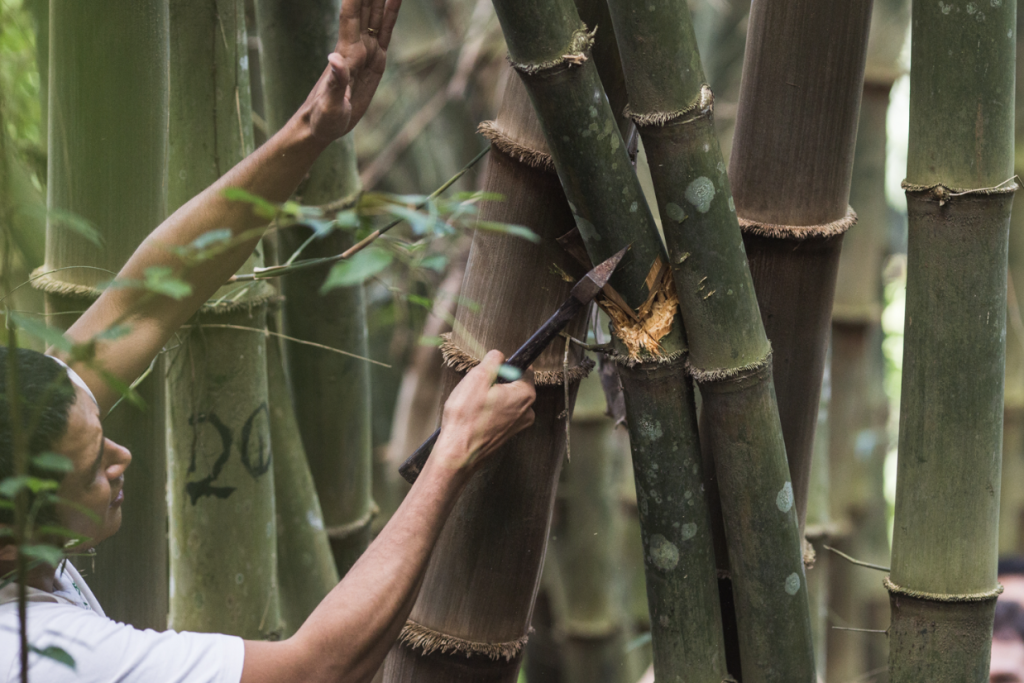
3. Supports Rural Communities
Bamboo-based regenerative agroforestry systems can be created to empower farmers, women, and entire communities. Managing a bamboo clump takes a village. It requires a lot of manual labor and attention to harvest and process bamboo. However, this can become very beneficial within a rural community. The sustainable management of a bamboo clump will guarantee a livelihood and an income for generations, enabling a community to thrive and creating a sustainable economic system for years to come.

4. Fast Growth Rate
Bamboo grows at a faster rate than any other timber product. Whilst a tree needs 30-50 years to grow before it is ready to be harvested into timber fit for construction, a single bamboo shoot can grow up to a meter in a single day, and reaches maturity in just 3-4 years. A single bamboo clump will provide you with a renewable alternative to timber for generations. After seeding, you only need to wait for the clump to establish itself, most likely 5-10 years, before you can begin to harvest your material annually. The healthy management of a bamboo clump helps the bamboo to grow and thrive and yearly harvesting of the mature poles creates space for new shoots to grow into healthy poles.
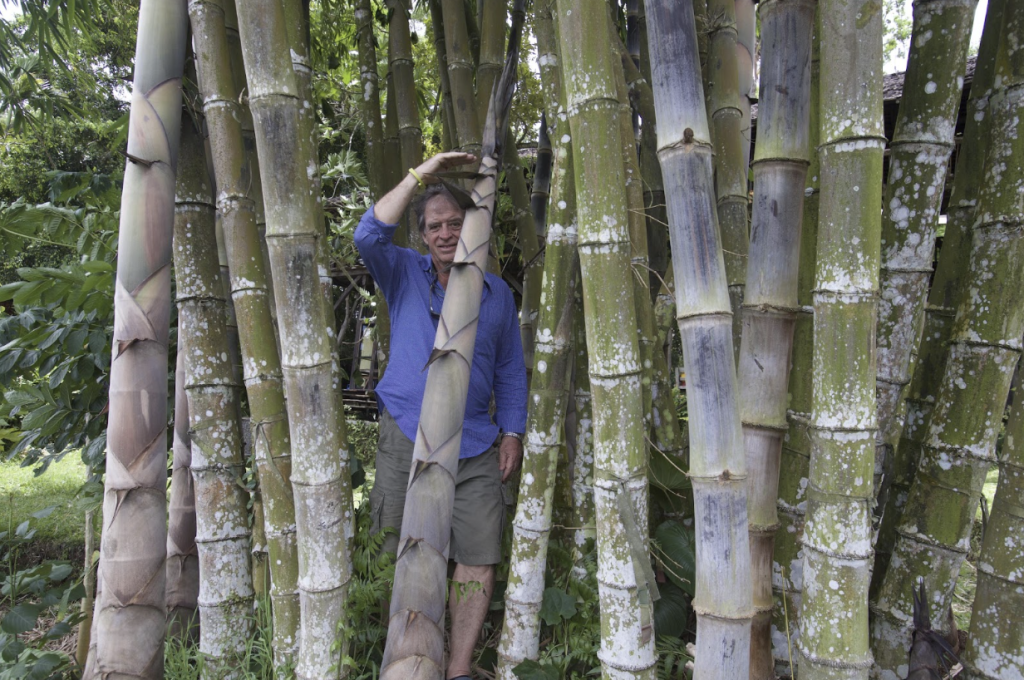
5. Strength to Weight Ratio
For construction, there is no other material quite like it. Bamboo has a natural weight-to-strength ratio better than steel. This means that though bamboo is very light due to its hollow profile, it is also incredibly strong for its weight. This allows us to create lightweight but strong buildings that have a minimal environmental footprint.
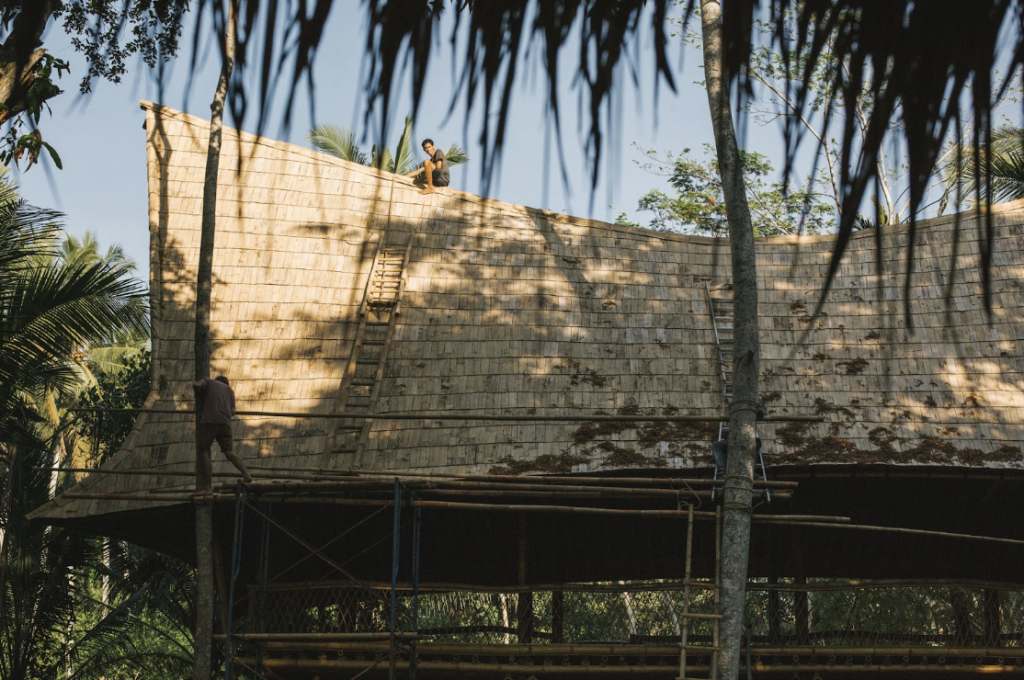
Ensuring Bamboo Remains A Sustainable Timber For The Future
Despite all of this it is important to remember that bamboo is only sustainable if it is planted and harvested properly. Bamboo should be planted as part of a regenerative and diverse land management and forest system as opposed to a monocrop system. It is best to plant bamboo on degraded land since it thrives there, there is no need to clear fertile land to plant bamboo! It is also important to know which species of bamboo grow in your location, for your context. Finally, it is important to work alongside and empower local communities to grow bamboo and care for bamboo-based forest systems.
Want to learn more about sustainable bamboo harvesting, read our go-to guide here:
https://bamboou.com/your-go-to-guide-for-harvesting-bamboo-sustainably/

After finishing her Masters of Architecture at the University of Hong Kong where she wrote her thesis about bamboo construction for the rural communities of Bali, she now forms part of the Bamboo U Team as a Management Consulting Professional.
June 7-18, 2024
The 11 Day Bamboo Build & Design Course in Bali
In 11 days, we'll show you how to build bamboo structures we’ll share all that it takes to build with nature.
April 26, 2024
The Fundamentals of Building with Bamboo Online Course
All the fundamentals you need to get you started working with bamboo. Deep dive into cinematic videos and step-by-step guides that will provide you with a strong understanding of bamboo as a design and building material.











